Development of a new ring model for flexible protection networks
Please login to view abstract download link
Flexible protective systems not only offer aesthetic advantages over rigid structures; their flexible nature also enables them to absorb enormous energies through large deformations. Nets made of interwoven rings provide exceptional flexibility. The literature offers various approaches for modeling the nonlinear behavior of the rings or their assemblies. The approach developed here is an extension of Boulaud’s modeling method [1], which treats the ring as a closed rope. When deformed, the ring undergoes three states. Initially, it is bend. Once the segments are fully straightened, the second state begins. In this phase, additional deformations arise from the displacement of the individual strands relative to each other. In the third state, further deformations result from the tensile stiffness. The flexibility of the net is determined by the first two states, where the greatest deformation occurs. To model these using the closed-rope approach, Boulaud’s method is extended with a trilinear material law. The bending state ends as soon as the sum of the segment lengths corresponds to the circumference of the ring. Using experimental data from the work of Gottschang [2], the begin of the tensile state can be determined. Compared to the modeling approaches of Volkwein [3] and Grassl [4], the developed element formulation is convincing in terms of precision and computational performance. To utilize Singers’s coupling of MPM and FEM [5], the net surface must be modeled as continuous. This is achieved with this new approach by using additional elements that close the gaps resulting from the chessboard-like arrangement of the ring elements in the network. The validation of the element formulation within the network is carried out through comparative simulations with experiments [6]. The developed model can be used for simulations of rock impacts, debris flows, and static loads such as snow.

